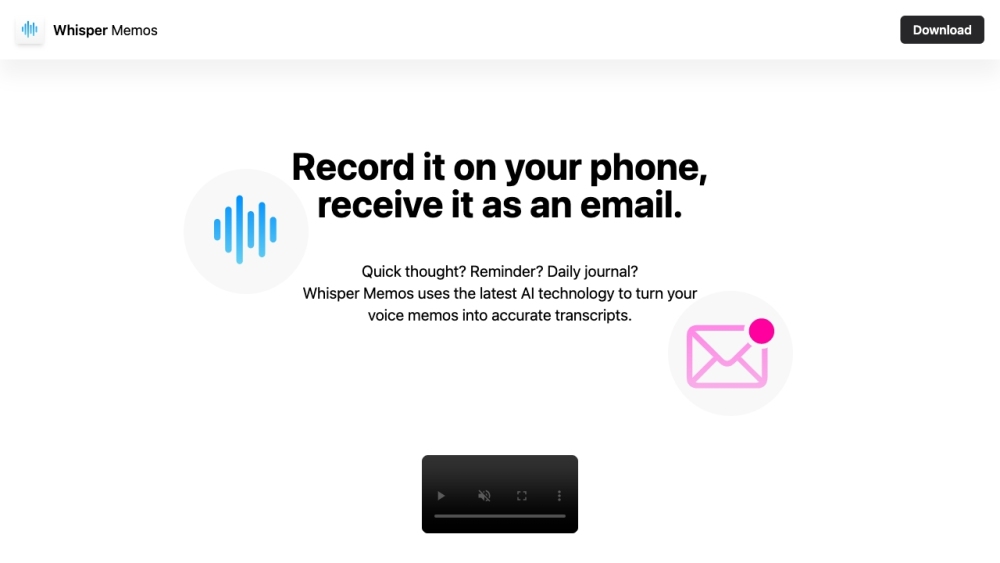Countless startups are tackling challenging robotics issues within industrial settings. However, few are venturing into the realm of home automation. One standout exception is Matic.
Founded by Navneet Dalal, a former Google research scientist, Matic—previously known as Matician—is developing innovative robots designed to navigate residential spaces and clean "more like a human," as Dalal describes it. Recently, Matic announced a successful fundraising round, securing $29.5 million, which includes a $24 million Series A led by a distinguished group of tech leaders, such as GitHub co-founder Nat Friedman and Stripe's John and Patrick Collison, among others.
Dalal co-founded Matic in 2017 with Mehul Nariyawala, a former lead product manager at Nest, where he was responsible for the security camera line. The two met while at Like.com, a computer vision startup Google acquired in 2010, and subsequently launched the gesture recognition platform Flutter, which was also acquired by Google.
Recognizing a gap in the indoor robotics sector due to the absence of accurate 3D mapping for navigation, Dalal and Nariyawala directed their efforts toward addressing this issue.
“Just as autonomous vehicles depend on GPS and Google Street View for navigation, fully autonomous indoor robots require a precise understanding of their environment through high-fidelity, 3D maps that adapt to the ever-changing indoor landscape,” Dalal explained in an email interview. “We determined that indoor robots needed on-device mapping capabilities to enhance privacy, reduce latency, and handle dynamic environments.”
Matic’s vacuum utilizes a sophisticated array of cameras to diligently map and understand its surroundings. Initially, Matic concentrated on creating robot vacuums, not as a means to compete with established brands like iRobot and Ecovacs, but because these devices provided a practical way to thoroughly map indoor environments.
“Robot vacuums became our primary focus due to their comprehensive coverage of indoor spaces, which is ideal for mapping,” Dalal remarked. “Furthermore, the floor-cleaning market was primed for innovation.”
Amazon's acquisition of iRobot for $1.7 billion last year emphasizes the perceived value of indoor mapping data. iRobot has developed recent vacuums capable of producing detailed home layouts and has considered sharing this mapping information with tech companies to foster smarter home devices and AI assistants.
Ambitiously, Matic aims to create a "fully autonomous" robot capable of patrolling living spaces, adapting its cleaning methods to different floor types and stains while "remembering" its routes to improve efficiency continuously.
Years of research and development culminated in the creation of the Matic vacuum, which employs camera-based AI to map and navigate homes with impressive precision (up to 1.5 centimeters) and intelligently alternates between vacuuming and mopping based on its observations.
Though Matic isn’t available for retail yet, the team began providing prototypes to friends and family in April and has since launched select customer trials.
“Matic was inspired by busy parents seeking to maintain a clean home without sacrificing their limited leisure time,” Dalal shared. “It's the first fully autonomous floor-cleaning robot that learns and adapts to user preferences while respecting their privacy.”
Such bold claims hinge on Matic's promise of privacy—data processing happens locally on the robot’s hardware, which is comparable to an iPhone 6, according to Dalal. Mapping and telemetry data is stored on the device, with cloud storage reserved for users who opt in. Notably, Matic doesn’t require an internet connection; it operates via a smartphone connected to a local Wi-Fi network.
The Matic vacuum comprehends various voice commands and gestures for detailed control and can resume cleaning tasks when interrupted. It prioritizes specific areas based on factors like time of day and proximity to furniture.
“A fully autonomous floor-cleaning robot should remember frequently dirty areas and clean them first,” Dalal explained. “It should recognize that kitchens and dining spaces need cleaning after meals and should adjust cleaning schedules accordingly.”
Can this sophisticated navigation system be achieved solely with cameras? Dalal insists it is possible, despite many advanced models on the market using lasers or lidar for localization and mapping.
The Matic vacuum’s progress can be monitored via a companion app for iOS. “We had to vertically integrate and optimize our entire software architecture to run all essential algorithms directly on the robot,” Dalal noted. “This comprehensive approach allows us to offer an affordable robot that effectively addresses real-world challenges with full autonomy.”
However, potential buyers will face a significant price tag, with the Matic vacuum starting at $1,795, although it's available for a limited-time preorder price of $1,495 beginning November 2. An optional $15-per-month membership includes hardware upgrades, repairs, maintenance, and an extended one-year warranty.
For context, iRobot’s premium vacuum is priced at $1,399, and high-end rival Roborock sells for $1,600. To enhance the offer, Matic includes a year’s supply of HEPA bags and additional consumables, along with a complimentary membership until year-end. Yet, despite the projected fulfillment date of March 2024, numerous uncertainties remain in the home robotics market.
This year has seen the downfall of various robot vacuum startups, including Neato, which shut down after missing sales targets. Mayfield Robotics halted its home robot initiative before shipping a single unit, and Amazon is grappling with the rollout of its Astro robot, which is still unavailable to the public months post-announcement.
Dalal and Nariyawala aim to keep operating costs manageable by maintaining a small team of around 60 employees, with plans to expand to 65-70 by year-end. Their confidence in Matic’s potential success fuels plans for future robotics products.
“In the short term, we’re competing against the first generation of disc-shaped robot manufacturers,” Dalal stated. “However, our primary competition is anyone developing fully autonomous indoor robots, including humanoids. We’ve overcome key challenges in precise SLAM (Simultaneous Localization and Mapping) and 3D perception, enabling us to create robust software applicable across indoor robotics.”
Ultimately, only time will reveal whether their enthusiasm is warranted or overestimated.






